Elm bug: description and control measures
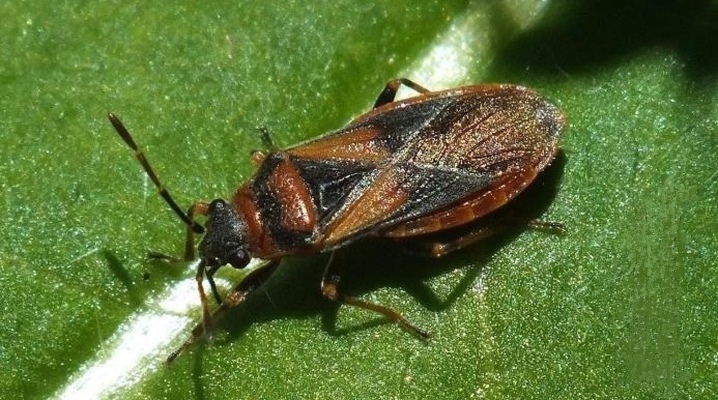
The description of the elm bug is very important for many people, because almost everyone can encounter it. It is imperative to take into account what exactly this pest is dangerous. Only then it is worth moving on to how to get rid of the elm arokatus in the apartment and in the house.
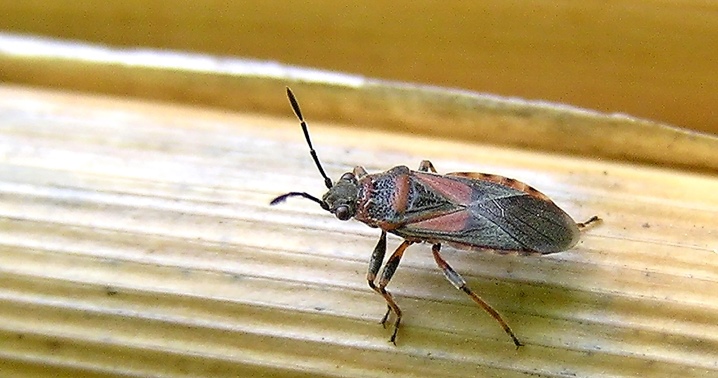
Description
The elm bug is sometimes called the elm bug (by the alternative name of the elm). The length of the insect is only 5.5 to 7.5 mm. At the same time, despite its relatively modest size, it poses a rather serious threat (we will talk about it later). The animal was repeatedly found under oak bark, less often under the bark of other trees. And also can settle in the crevices of a tree and on the leaves of an elm; foliage of other species is usually squeamish. Mostly the elm bug is found in southern Europe, but it has also been recorded in Moldova and Denmark, in Germany and the Czech Republic.
The insect tolerates the conditions of low mountains quite well (up to an altitude of 3000-3500 m above sea level it is found in many places). It can take root in various biological systems. It was found that the eastern border of the species habitat is Kazakhstan; it also exists in Russia (at least to the west of the Volga). Body width does not exceed 3 mm. The main food is seeds and sap of various plants.
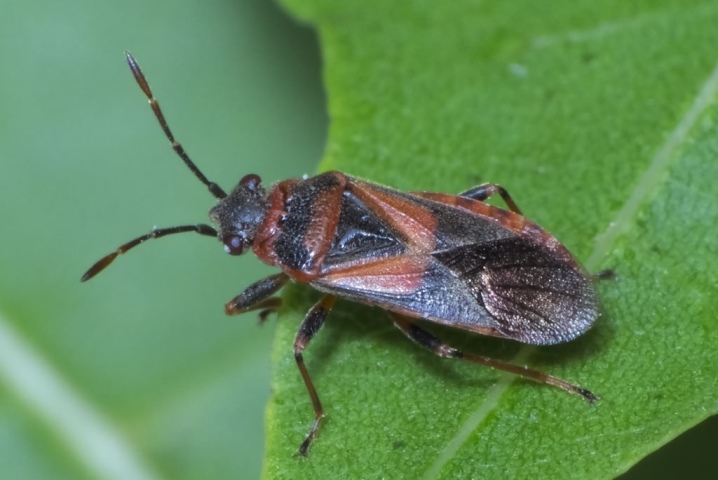
Why is it dangerous?
The general description does not seem to cause any alarms, and yet the fact that the elm arokatus climb into apartments and houses is by no means a minor concern. When the bug's body is crushed, a strange odor spreads - a cross between the smell of fruit and vinegar. This alone often causes anxiety and irritation. And when insects are active, they can spread in large groups, emitting unpleasant odors. Arokatus is able to get inside the house even through a mosquito net, so conventional mechanical control measures are ineffective. Fortunately, he:
-
not poisonous;
-
does not cause allergies;
-
does not spread infections.
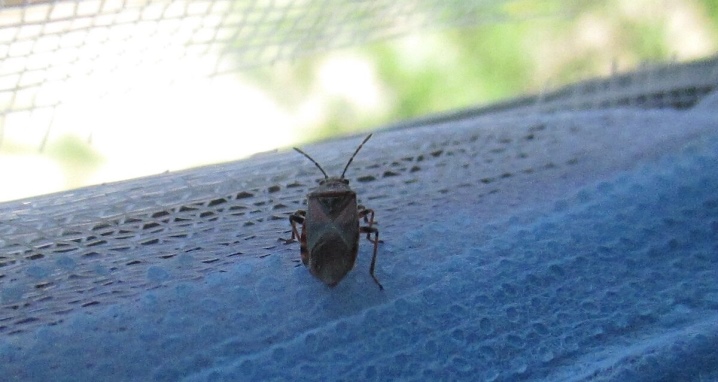
The bug becomes more active in hot weather. Just when the windows are wide open. However, even if they are not opened, any gap will do for arocatus. Migration to dwellings is usually associated with spikes in numbers, when there is not enough space on elms and other plants. This species, like some moths, flies into the light.
How to fight?
You can get rid of a small number of elm bugs by treating window screens and other places where they can seep with contact insecticides. But with significant invasions, this does not always help effectively enough. In such cases, insects must be destroyed by the services of the management company, its contractors or other organizations that receive payment for the maintenance of the local area. If complaints are ignored there, you can contact the housing inspectorate or the consumer supervision authority.
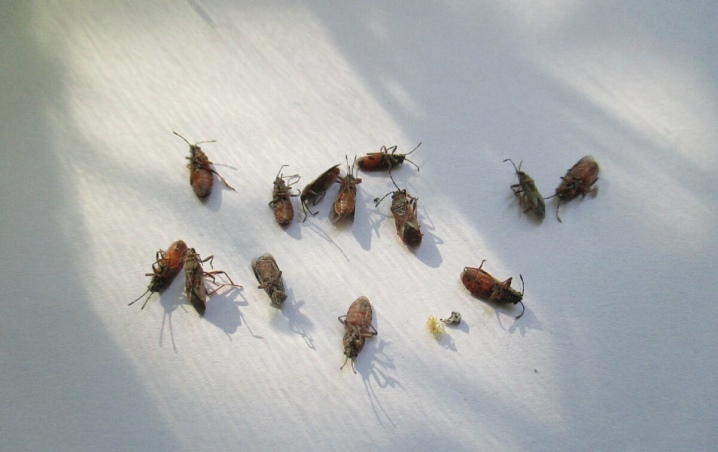
Important: you need to try to poison them on your own only as a last resort, and carefully select the means, following the instructions for use.
You should not rely on the winter cold. Elm bugs can survive even severe frosts by choosing a shelter of their choice. A radical measure of control is the destruction of the trees on which they live. If for some reason this is impossible, then dichlorvos will have to be sprayed (however, it only works after a few hours). But it is better, again, to call in professionals, because chemicals, if misused, do more harm than good.














The comment was sent successfully.